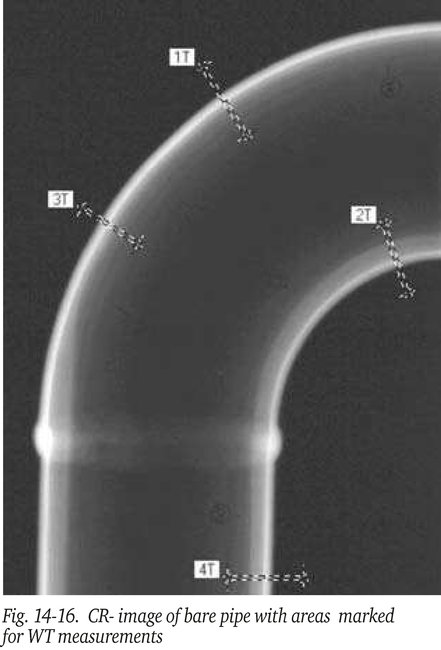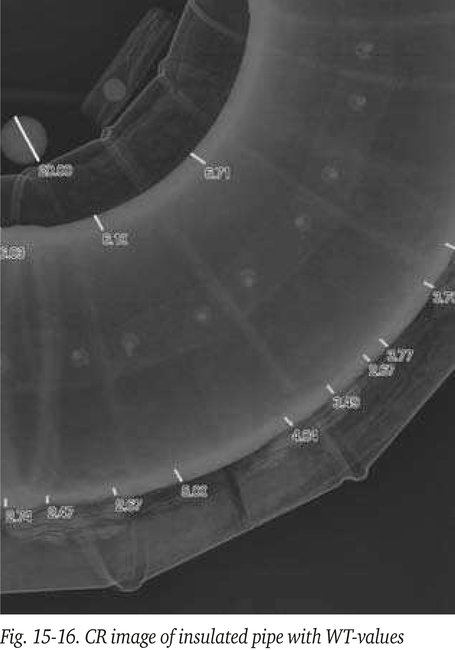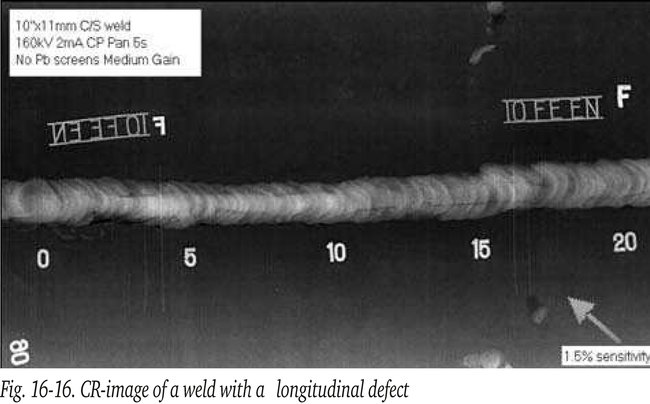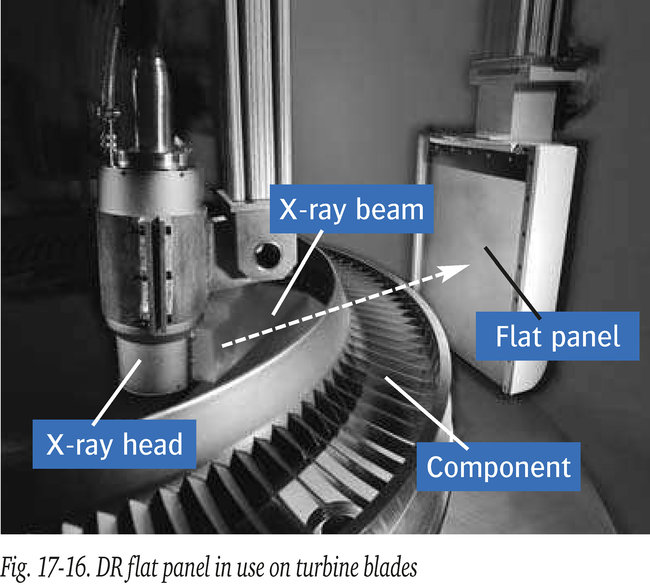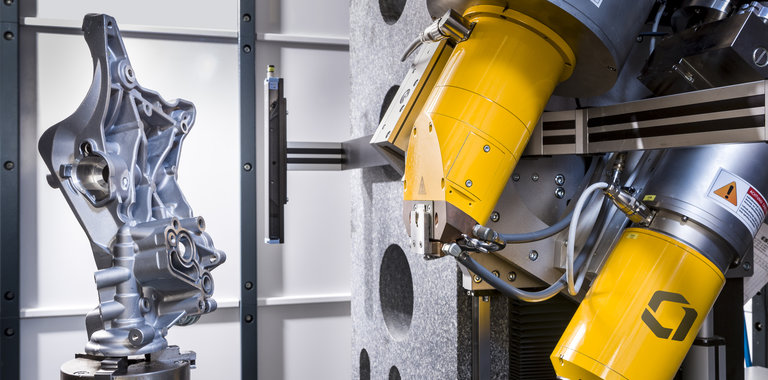
What are common applications for CR and DR?
In this article:
- CR Is Ideal for On-Stream and Corrosion Monitoring: Computed radiography is widely used for on-stream inspections of non-insulated piping and for detecting corrosion under insulation (CUI), offering a flexible and efficient alternative to film.
- Wall Thickness and Scaling Detection in Pipes: CR supports projection and tangential techniques to measure wall thickness and identify internal scaling or clogging in insulated and non-insulated pipelines.
- DR Excels in High-Volume, Stationary Inspections: Direct radiography is best suited for automated production lines where large numbers of precision components are inspected quickly with minimal radiation exposure.
- CR Is Suitable for Non-Critical Welds and Castings: While conventional film still offers superior resolution, CR provides sufficient image quality for many weld inspections and non-critical casting evaluations, with faster exposure times and improved safety.
- Cost and Durability Influence Technology Choice: CR plates are reusable and durable, especially in rigid cassettes, while DR detectors offer high throughput but are more sensitive and costly—making application-specific ROI analysis essential.
What are common applications for computed radiography (CR) and direct radiography (DR)?
For certain applications, e.g. when the requirements for image quality are less stringent and normal or coarse-grain film could be used, the CR-technique is an excellent alternative to film. Examples include on-stream radiography (using isotopes) to detect internal erosion or corrosion of non-isolated piping, see figure 14-16 and detection of internal and external corrosion under thermal insulation (CUI ) see figure 15-16. For wall thickness determination of (insulated) pipes the so-called projection (shadow technique) or tangential technique is applied.
The CR-technique is also very suitable for detection and quantification of scaling or clogging, concrete inspection and non-critical castings. Although conventional film is still superior compared to the CR-technique, in several cases CR provides sufficient image quality for weld inspection. Figure 16-16 shows an image of a weld with a clear indication of a serious defect.
The reduced exposure times - in practice factor 2 to 10 - or sources with lower energy that can be used, are deciding efficiency- and safety factors (smaller safety area). For the examples given, the CR-plates usually do not need to be bent and rigid cassettes can be used, which prolongs the life of the plates. DR-systems are more complex and vulnerable than equipment for CR or film radiography thus less suitable for harsh field conditions. Moreover the DR-method (in year 2006 ) although better than CR still has a limited resolution compared to conventional film and cannot (yet) replace high resolution field-radiography as usually is required by written standards for weld inspection. Work is in progress to improve the merits and resolution of the DR method.
The choice of DR-flat panel detectors in suitable applications depends on the image quality required, described in product specifications or in-house procedures, and the number of parts to be inspected to make it cost effective (return on investment).
High-performance DR-detectors are most suitable on stationary locations, for example as part of a production line where vast numbers of precision components are checked at high speed with the lowest possible radiation dose, or in situations where mechanical automation can be applied to achieve significant throughput improvements, see figure 17-16.
CR-plates (by handling), like DR-detectors (by radiation) have a finite useful life. The working life of flat-panel devices can range up to millions of images, dependent on application-specific details.
Thus cost-per-image should be considered in any return-on-investment financial analysis. CR plates in flexible cassettes can be used over a thousand times, if used in a rigid cassette they can be used three times longer. Not only are CR- (~ 5x to 10x) and DR-techniques (~ 20x with film-quality, to 200x with low quality) much faster than standard X-ray film exposures, another attractive feature is the far greater dynamic range/latitude (> 1000x). These methods are, therefore, not over-sensitive to variations in radiation dose and very tolerant of less than exact exposure times, see figure 6-16. This can reduce so called reshoots (retakes) and can decrease the need for multiple exposures in some parts with different thicknesses, thus further improving inspection throughput.
In all applications, an analysis is appropriate to determine the best method (film/CR/DR) and the appropriate technique (including film-grade and resolution of the scanner, or CR-plate and reader, or DR-detector type). Key considerations should include image quality
requirements, do inspection standards or procedures allow application of DR, and the financial benefits from throughput and process improvement.
For the CR method a standard EN 14784 has been issued in year 2005, part 1 describing classification of systems and part 2 describing principles and applications. ASME V CC 2476 also addresses the use of the CR-technique. These standards support industrial applications
and increase the use of the CR-method. That is the main reason that initiatives are deployed to develop standards for the DR-method as well.

